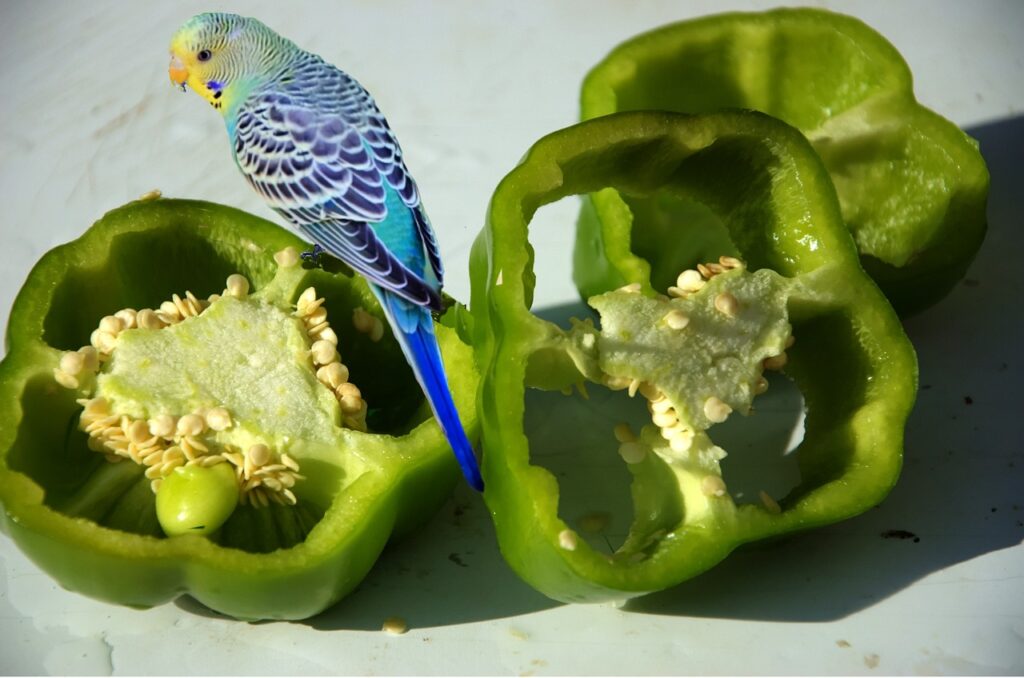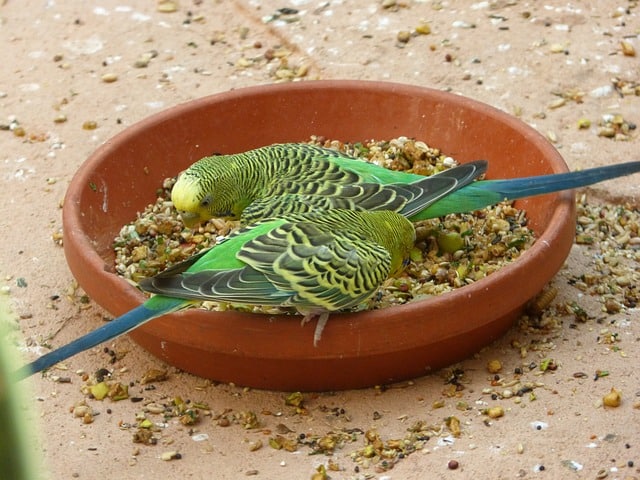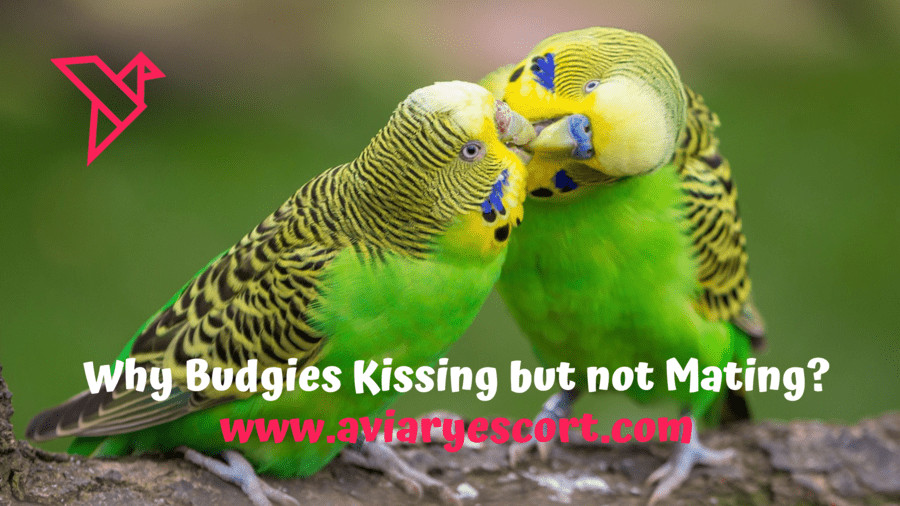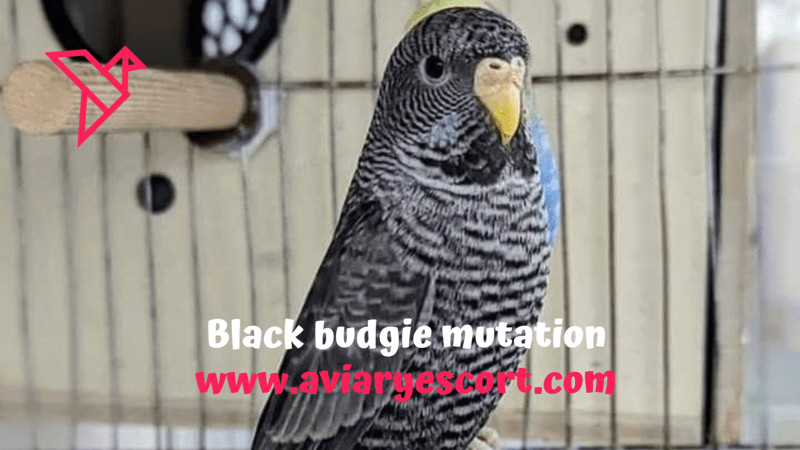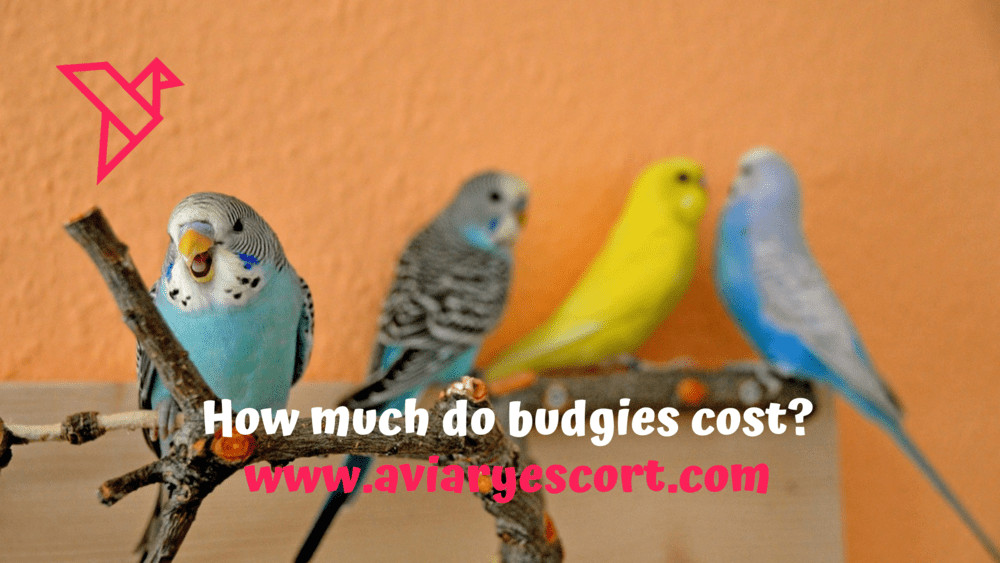Budgerigars, affectionately known as budgies, are delightful and intelligent companions that have found their way into countless homes. As we open our hearts to these feathered friends, it’s crucial to ensure their well-being and understand the intricacies of responsible pet ownership.
One common concern that often arises is the practice of wing clipping and the regrowth of clipped feathers. Simple answer would be “Yes budgies’ clipped wings do grow back.” In this comprehensive guide, we will delve deep into the world of budgie wing care, examining the reasons for wing clipping, the regrowth process, potential complications, and the nurturing environment needed for optimal wing health.
The Practice of Wing Clipping
What is Wing Clipping and Why is it Done?
Wing clipping involves trimming a bird’s flight feathers, limiting its ability to achieve full flight. While this may initially sound restrictive, there are valid reasons for this practice. Many pet owners choose to clip wings to prevent accidental escapes and collisions. This practice also aids in taming and training young budgies, as it allows them to bond with their human caregivers more easily.
You can read our complete guide on how to clip budgies wings?
The Delicate Procedure of Wing Clipping
Wing clipping should never be taken lightly. Entrusting the procedure to a professional or avian veterinarian is of paramount importance. An improper trim can lead to pain, imbalance, and even injuries. When done correctly, only the primary feathers are trimmed, ensuring that the bird can glide safely to the ground without sudden drops or crashes.

The Intricacies of Wing Regrowth
Understanding the Natural Process of Regrowth
Yes, budgie clipped wings do grow back, but the journey is not as simple as it may seem. The process of regrowth begins with molting, a natural cycle in which old feathers are shed and new ones emerge. During this period, your budgie’s body prioritizes feather regeneration, and you may notice increased preening behavior as your pet helps its new plumage unfurl.
Patience is Key: Factors Affecting Regrowth
The timeline for regrowth varies, often spanning 6 to 12 weeks. Several factors influence this time frame. Genetics play a role; some budgies are genetically predisposed to faster regrowth. Nutrition is equally vital. A diet rich in protein, vitamins, and minerals fuels the regrowth process. A stress-free environment and ample sleep also contribute to successful molting.
Complications and Concerns
In some cases, complications may arise during the regrowth phase. Improper nutrition can lead to weak or misshapen feathers. Excessive preening or chewing can hinder proper regrowth, leading to discomfort or skin irritations. If you observe any abnormalities or signs of distress during regrowth, consulting a veterinarian is advised.
The Journey to Flight Recovery
Can a Budgie With Clipped Wings Ever Fly Again?
According to CleaverPetOwners, the path to a budgie reclaiming its ability to fly is a patient and gradual one. As the clipped feathers molt and regrow, the budgie begins to relearn the art of flight. This process requires time and patience from both the bird and its owner.
Exercise and Encouragement
Creating an environment that encourages movement and exercise is crucial for a budgie’s flight recovery. Gentle encouragement through toys, perches, and interactive activities can motivate the bird to strengthen its wing muscles and regain confidence in its flight skills.
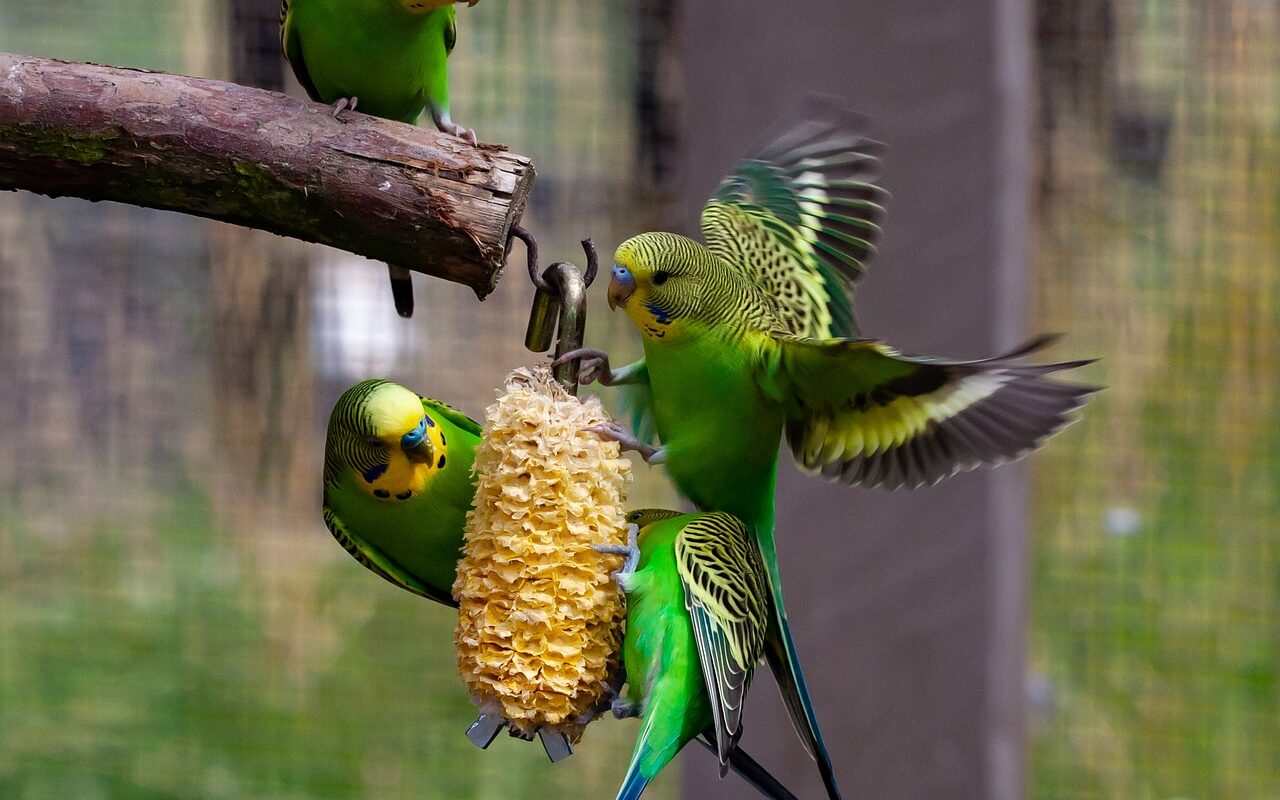
Nurturing Your Budgie’s Wing Health
The Art of Enrichment
While wing clipping serves its purpose, it’s important to create an enriched environment that supports your budgie’s overall well-being. Offer a variety of perches with different textures and diameters to encourage foot health and exercise. Rotate toys regularly to prevent boredom and stimulate mental agility. Design the budgie cage that should be engaging and attractive for budgies.
Encouraging Flight and Exercise
As your budgie’s feathers regrow, gradually introduce supervised flight sessions within a secure space. This not only aids physical health but also helps strengthen the bond between you and your feathered companion. Use positive reinforcement, such as treats, to encourage your budgie’s participation.
The Balanced Approach
The Art of Balance
Wing clipping should be viewed as a temporary measure rather than a permanent solution. Striking a balance between safety and natural behavior is essential. Gradually allowing flight as feathers regrow promotes healthy muscle development and mental stimulation. Learn wing anatomy from BeautyOfBirds.com to better help your pet during regrowth of wings.
Seeking Professional Guidance
If you’re uncertain about wing clipping or the regrowth process, seek advice from avian specialists. Veterinarians with avian expertise can provide personalized recommendations based on your budgie’s age, health, and behavior.
Conclusion
In the captivating realm of budgie care, the question “Do budgie clipped wings grow back?” is met with a reassuring affirmative. Understanding the nuances of wing clipping, regrowth, and the symbiotic relationship between pet and owner enriches the journey of budgie companionship. By creating a harmonious blend of safety and freedom, we honor the natural instincts of these charming creatures while fostering a bond that transcends the confines of a cage.
Frequently Asked Questions
1. How often should I clip my budgie’s wings?
Wing clipping should be performed when necessary, typically during the molting phase. Consult an avian veterinarian to determine the appropriate frequency for your budgie.
2. Can wing clipping be harmful to my budgie?
When done correctly by a professional, wing clipping is not harmful. However, improper clipping can lead to injuries and discomfort. Seek expert guidance to ensure a safe procedure.
3. My budgie’s clipped feathers look uneven. Is this normal?
Slight variations in feather length after clipping are normal and temporary. As regrowth occurs, the feathers will regain their uniform appearance.
4. Can I encourage faster regrowth through diet alone?
While a balanced diet is essential for regrowth, genetics and overall health play significant roles. Maintain a nutrient-rich diet, but also focus on providing a stress-free environment.
5. How can I prevent my budgie from chewing its regrowing feathers?
Offer a range of safe and engaging toys to keep your budgie’s beak occupied. If excessive chewing persists, consult a veterinarian to rule out any underlying issues.


